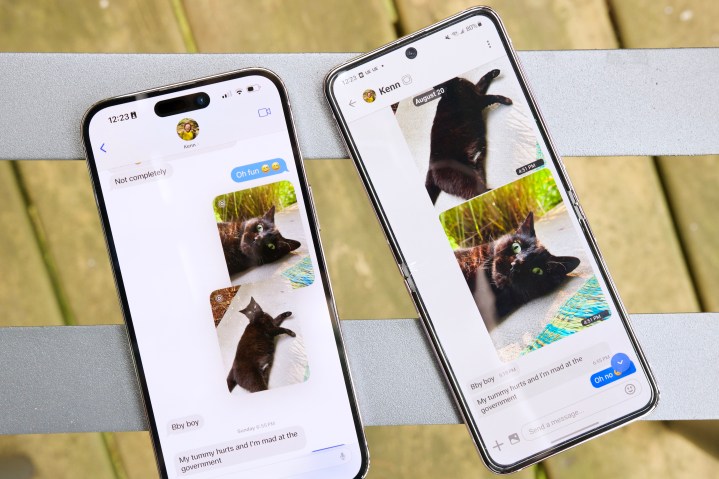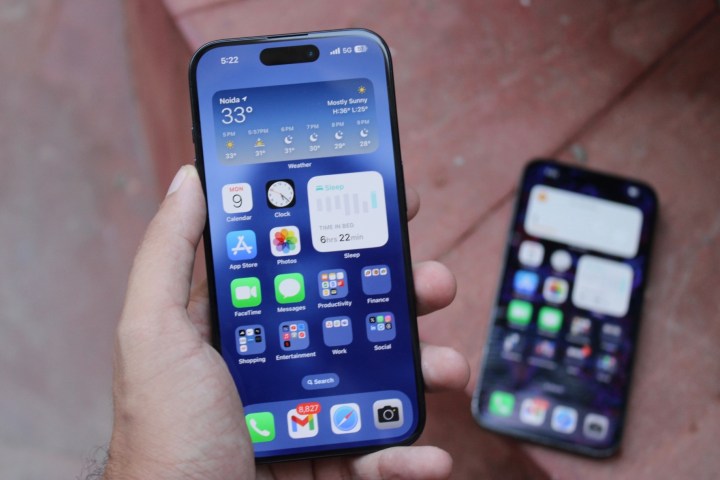
Today is a day I truly didn’t expect would ever happen. On November 16, 2023, Apple officially confirmed that RCS texting is finally coming to the iPhone in 2024.
Yes, you read that correctly. Starting “later next year,” Apple will add RCS support to the iPhone. In other words, if you have an Android phone and are texting someone with an iPhone, you’ll be able to text each other over RCS instead of SMS. That means you’ll get many iMessage-like features such as typing indicators, read receipts, higher-resolution photo/video sharing, etc.
In a statement sent to 9to5Mac, an Apple spokesperson said the following:
“Later next year, we will be adding support for RCS Universal Profile, the standard as currently published by the GSM Association. We believe RCS Universal Profile will offer a better interoperability experience when compared to SMS or MMS. This will work alongside iMessage, which will continue to be the best and most secure messaging experience for Apple users.”
How RCS on the iPhone will work with iMessage

Let’s get something straight: This is not Apple bringing iMessage to Android phones. Rather, iMessage will remain exclusive to the iPhone and other Apple devices, and it will almost certainly stay that way for the foreseeable future. However, with RCS replacing SMS as the texting standard between iPhones and
- Read receipts
- Typing indicators
- Location sharing
- High-resolution photos/videos
- Texting via Wi-Fi and mobile data
It’s unclear if RCS chats will appear with blue or green bubbles — or if they’ll get a brand new color to distinguish them from iMessage and SMS chats (which will stick around as a fallback for RCS messages). Apple is very much still keeping iMessage as its own thing, so we can assume that RCS chats will still be visually different from iMessage ones. That means the whole green bubble versus blue bubble debate may not completely disappear, but it won’t be nearly as big of a headache as it is right now.
Why this is a big deal

One of the main draws of the iPhone — and the Apple ecosystem as a whole — is iMessage. If you have an iPhone, texting another iPhone is smooth and seamless. But the second you go to message someone with an Android phone, the experience of SMS texting is a worse experience in every regard.
RCS isn’t a one-to-one iMessage clone, and Apple would very much still like you to keep using iMessage. But having RCS on the iPhone means the iMessage stranglehold will be easier to escape from. Android phones will be able to text iPhones with many of the same iMessage features, group chats should be much easier to manage, and it should be a big upgrade for everyone across the board.
We don’t have a specific date for when in 2024 RCS will be available on the iPhone, but we’ll almost certainly hear more from Apple about this soon.
Editors' Recommendations
- Apple is about to do the unthinkable to its iPads
- Nomad’s new iPhone case and Apple Watch band may be its coolest yet
- 5 phones you should buy instead of the iPhone 15
- iPhone 16: news, rumored price, release date, and more
- Why you should buy the iPhone 15 Pro instead of the iPhone 15 Pro Max




